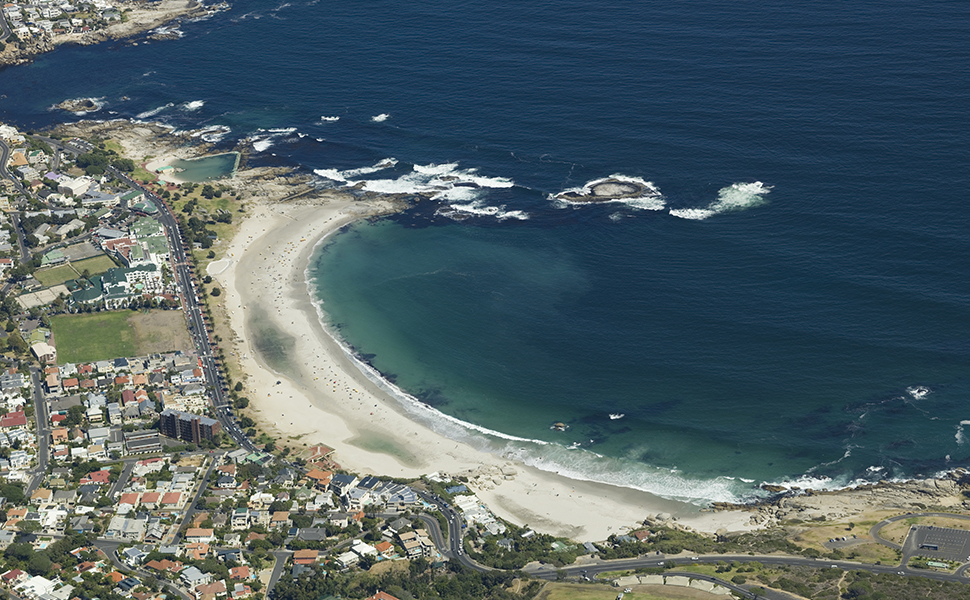
Drawing a Line in the Sand
A new journal article by members of the Cape Town platform has now been published. Written by Darryl Colenbrander (participant in round 1 of the City Officials Exchange Programme), Anton Cartwright and Anna Taylor (both embedded researchers), the article explores the City of Cape Town’s process of establishing a coastal set-back line, which is seen as an effort to reduce damages from storm surges and sea-level rise.
The paper focuses on how the municipal government went about determining the set-back line, and highlights the potential for unanticipated conflict and resistance when notions of ‘best practice’ fail to consider local institutional interests and pre-existing legislation. This insight is important as coastal municipalities in South Africa look to implement set-back lines in compliance with the Integrated Coastal Management Act.
Developing and a applying a set-back line for Cape Town’s coastline was anticipated to be difficult given that the city remains socioeconomically unequal and spatially segregated and that the coastline provides multiple different communities with amenities, resources and opportunities at the same time.
What was not anticipated was the encountered resistance from within public sector directorates operating under the same policies. The paper suggests that differences in mentalities, technologies and resources make for subjective policy interpretations and applications by local officials. Recognising and managing these differences is critical if notions of ‘best practice’ prescribed at higher governance levels are to prove useful to climate change adaptation measures at the local scale.
The full article is available on the Taylor and Francis website
Colenbrander, D., Cartwright, A. and Taylor, A. 2014. Drawing a Line in the Sand: managing coastal risks in the City of Cape Town. South African Geographical Journal, DOI: 10.1080/03736245.2014.924865.
Photo: Bruce Sutherland







